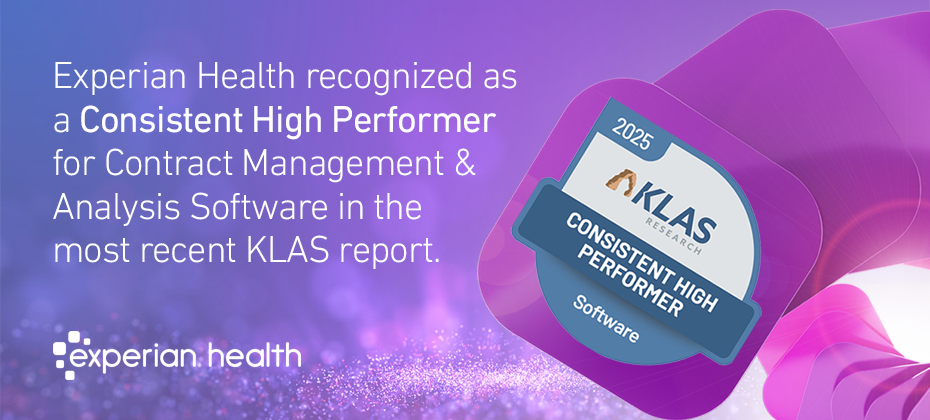On June 24, CMS released a change request informing contractors of new CLIA waived tests approved by the Food and Drug Administration. Since these tests are marketed immediately after approval, CMS must notify its contractors of the new tests so that the contractors can accurately process claims. There are 30 newly added waived complexity tests. This recurring update notification applies to Chapter 16, Medicare Claims Processing Manual, section 70.8 of the IOM.
Your Medicare Administrative contractor (MAC) will not search their files to either retract payment or retroactively pay claims; however, they should adjust such claims brought to their attention.
The following tests are approved by the FDA as waived tests under CLIA (QW Modifier required):
CPT Code
Effective Date
Description
G0434QW
from August 21, 2015 to December 31, 2015
Healgen Scientific LLC, Healgen Multi-Drug Urine Test Dip Card
G0477QW
on and after January 1, 2016
Healgen Scientific LLC, Healgen Multi-Drug Urine Test Dip Card
G0477QW
March 8, 2016
Tanner Scientific Multi-Panel Drug Test Cup
G0477QW
March 18, 2016
Hangzhou Clongene Biotech Co., Ltd. Clungene Marijuana Easy Cup
G0477QW
March 18, 2016
Hangzhou Clongene Biotech Co., Ltd. Clungene Marijuana Split Key Cup
G0477QW
March 18, 2016
Hangzhou Clongene Biotech Co., Ltd. Clungene Marijuana Test Cassette
G0477QW
March 18, 2016
Hangzhou Clongene Biotech Co., Ltd. Clungene Marijuana Test Dip Card
G0477QW
March 18, 2016
Hangzhou Clongene Biotech Co., Ltd. Clungene Metamphetamine Easy Cup
G0477QW
March 18, 2016
Hangzhou Clongene Biotech Co., Ltd. Clungene Metamphetamine Split Key Cup
G0477QW
March 18, 2016
Hangzhou Clongene Biotech Co., Ltd. Clungene Metamphetamine Test Cassette
G0477QW
March 18, 2016
Hangzhou Clongene Biotech Co., Ltd. Clungene Metamphetamine Test Dip Card
G0477QW
March 18, 2016
Hangzhou Clongene Biotech Co., Ltd. Clungene Morphine Easy Cup
G0477QW
March 18, 2016
Hangzhou Clongene Biotech Co., Ltd. Clungene Morphine Split Key Cup
G0477QW
March 18, 2016
Hangzhou Clongene Biotech Co., Ltd. Clungene Morphine Test Cassette
G0477QW
March 18, 2016
Hangzhou Clongene Biotech Co., Ltd. Clungene Morphine Test Dip Card
87338QW
March 22, 2016
Meridian Bioscience Immunocard STAT! HpSA (Stool)
G0477QW
March 31, 2016
Assure Tech Co., Ltd. AssureTech Amphetamine Dip Card
G0477QW
March 31, 2016
Assure Tech Co., Ltd. AssureTech Amphetamine Quick Cup
G0477QW
March 31, 2016
Assure Tech Co., Ltd. AssureTech Amphetamine Strip
G0477QW
March 31, 2016
Assure Tech Co., Ltd. AssureTech Amphetamine Turn-Key Split Cup
G0477QW
March 31, 2016
Assure Tech Co., Ltd. AssureTech Cocaine Dip Card
G0477QW
March 31, 2016
Assure Tech Co., Ltd. AssureTech Cocaine Quick Cup
G0477QW
March 31, 2016
Assure Tech Co., Ltd. AssureTech Cocaine Strip
G0477QW
March 31, 2016
Assure Tech Co., Ltd. AssureTech Cocaine Turn-Key Split Cup
G0477QW
March 31, 2016
Assure Tech Co., Ltd. AssureTech Morphine Dip Card
G0477QW
March 31, 2016
Assure Tech Co., Ltd. AssureTech Morphine Quick Cup
G0477QW
March 31, 2016
Assure Tech Co., Ltd. AssureTech Morphine Strip
G0477QW
March 31, 2016
Assure Tech Co., Ltd. AssureTech Morphine Turn-Key Split Cup
G0477QW
April 21, 2016
Chemtron Biotech, Inc. Chemtrue Multi-Panel Drug Screen Cup Tests
G0477QW
April 21, 2016
Chemtron Biotech, Inc. Chemtrue Multi-Panel Drug Screen Cup
Effective date: October 1, 2016
Implementation date: October 3, 2016
View the Transmittal here: https://www.cms.gov/Regulations-and-Guidance/Guidance/Transmittals/Downloads/R3563CP.pdf





